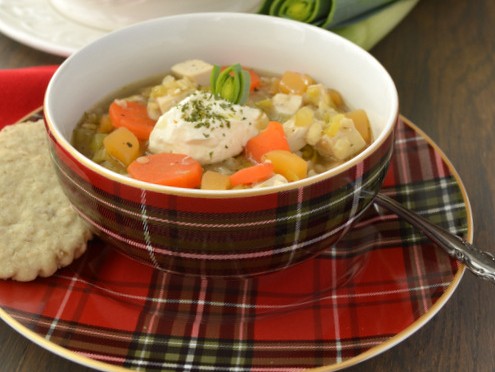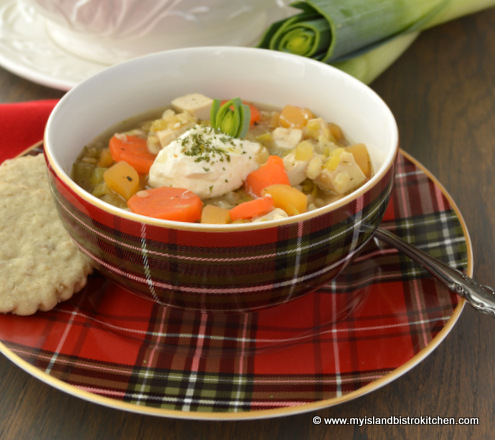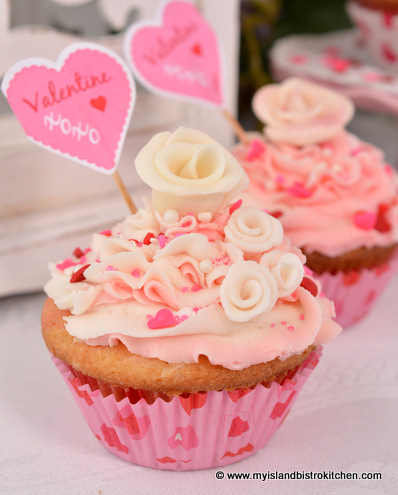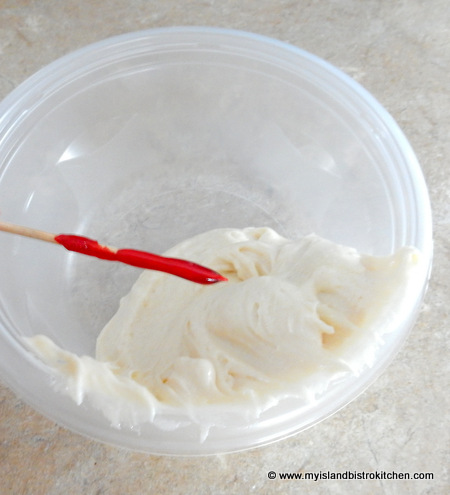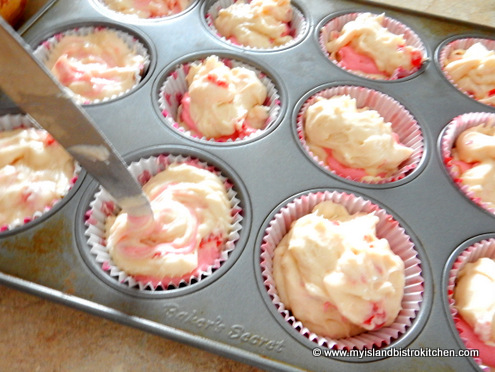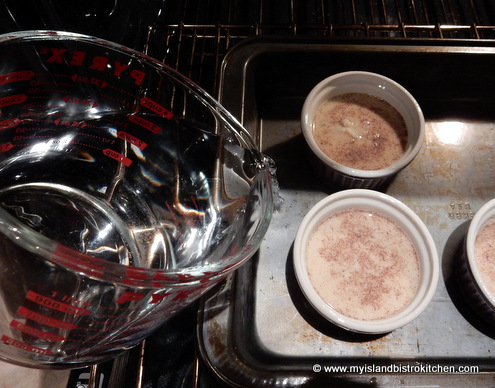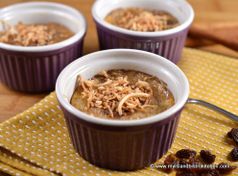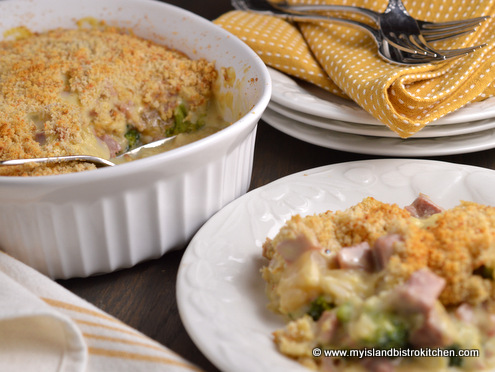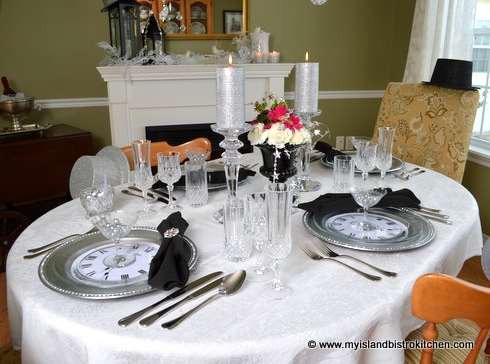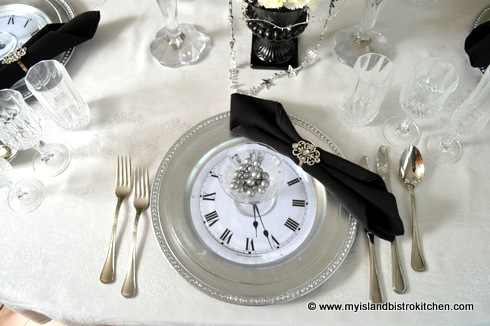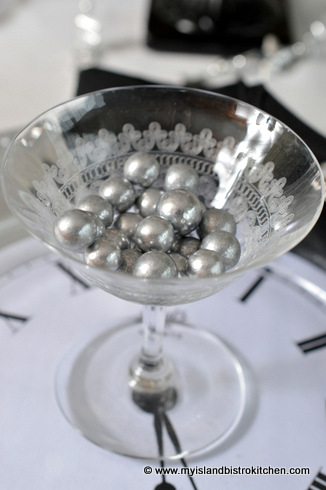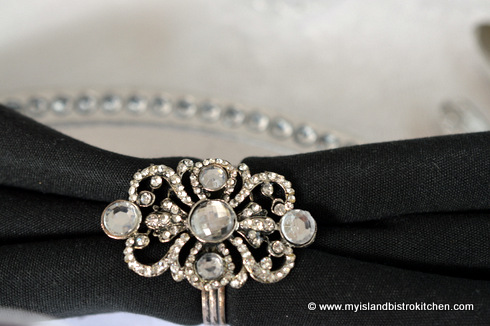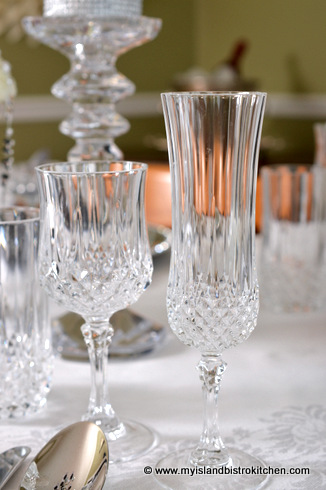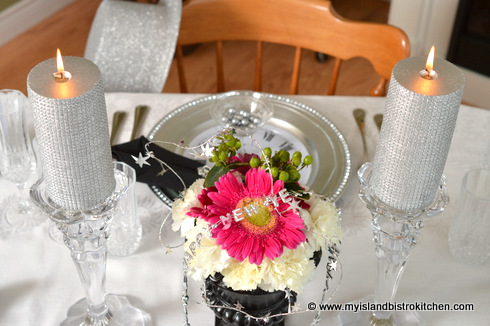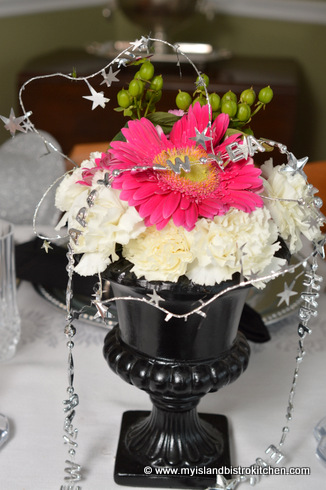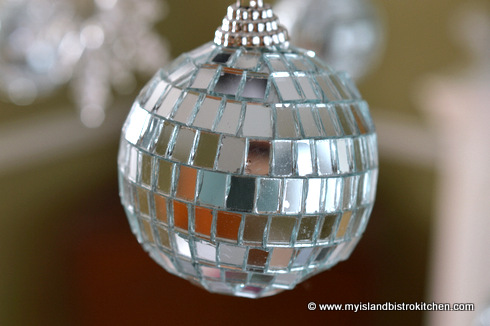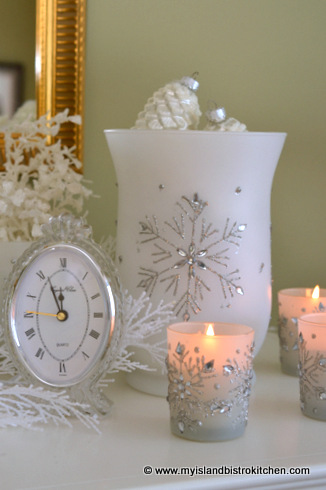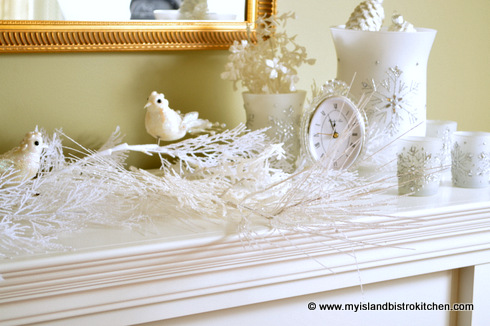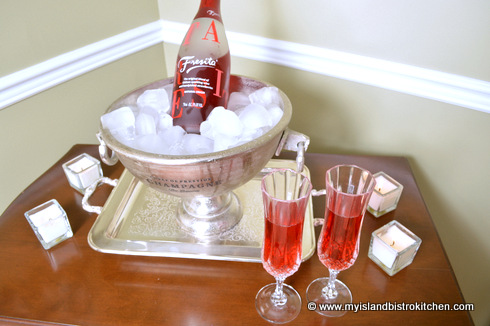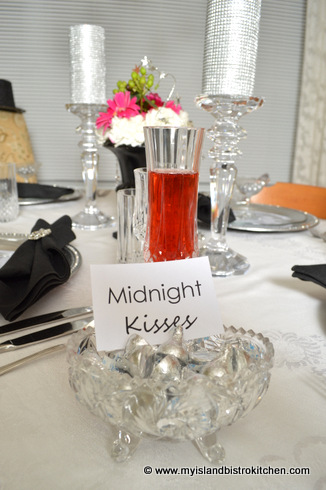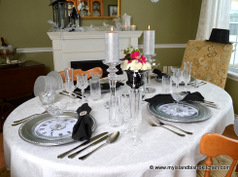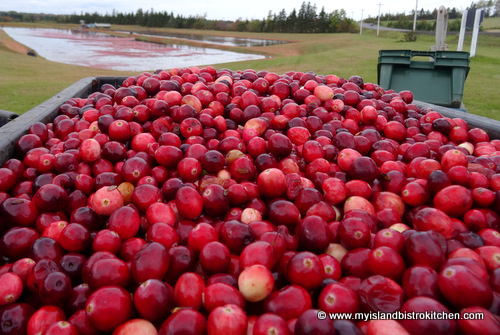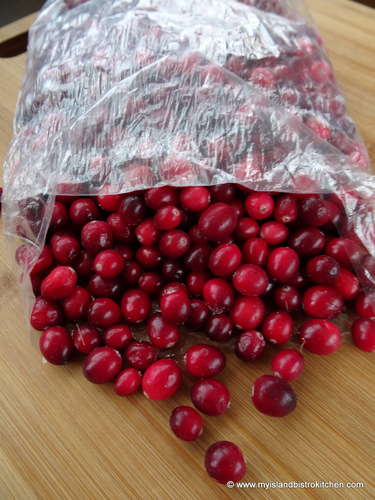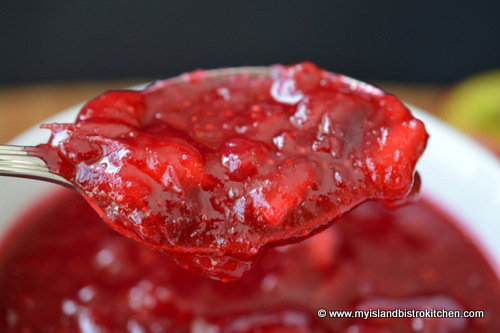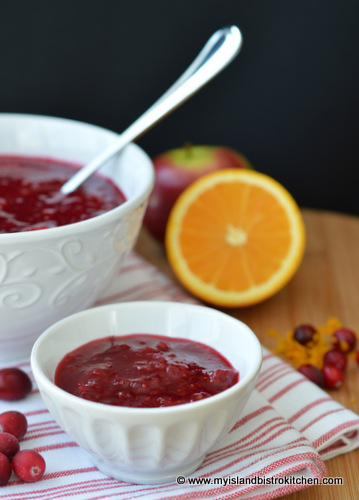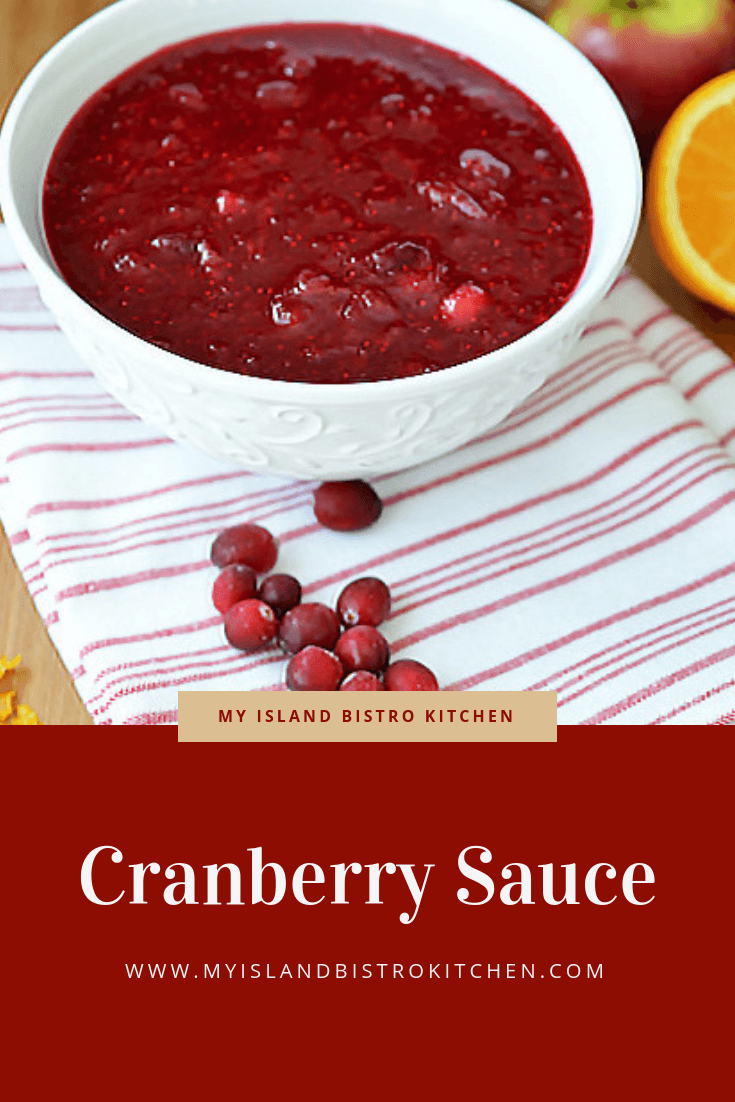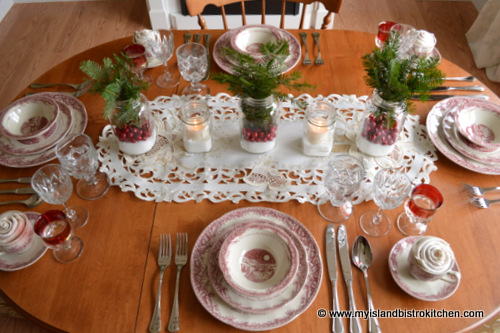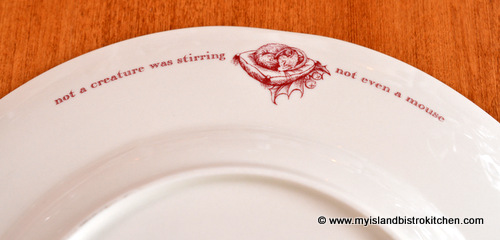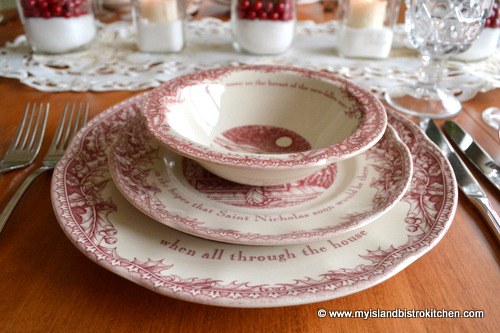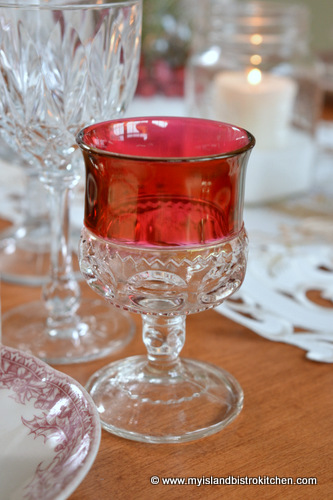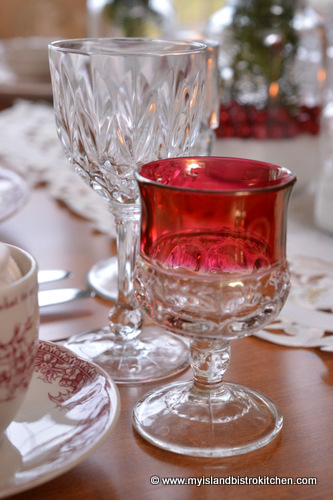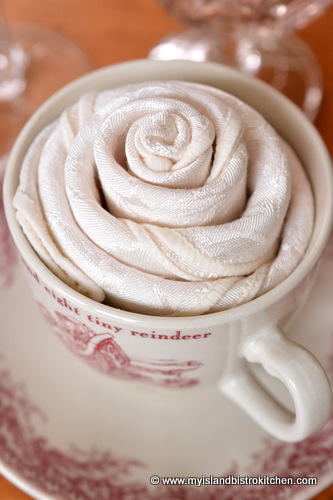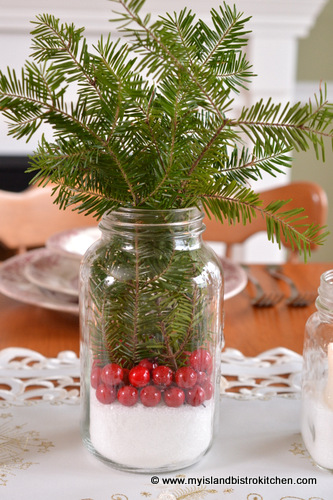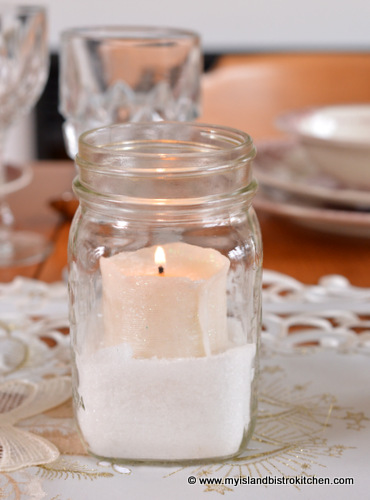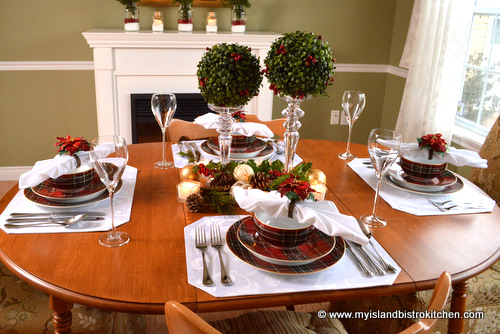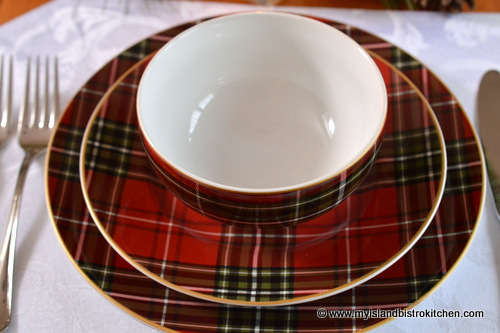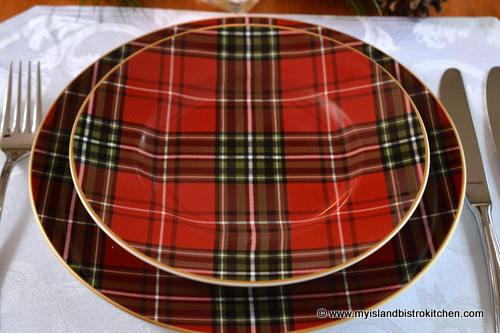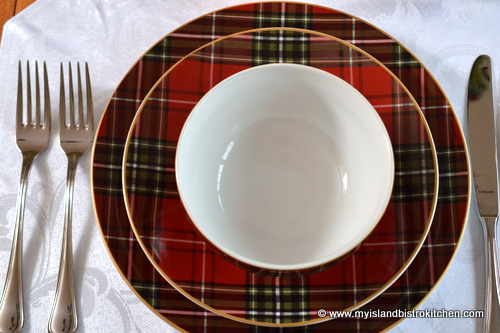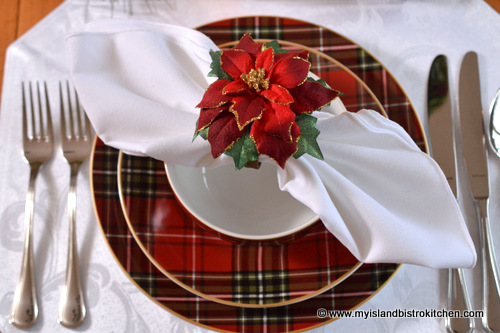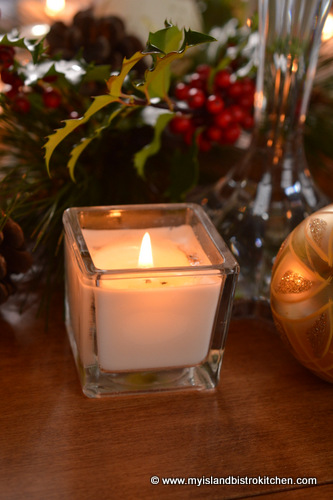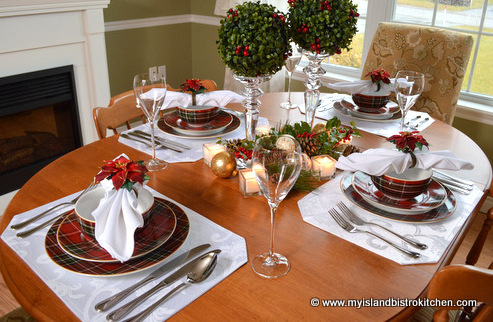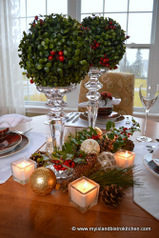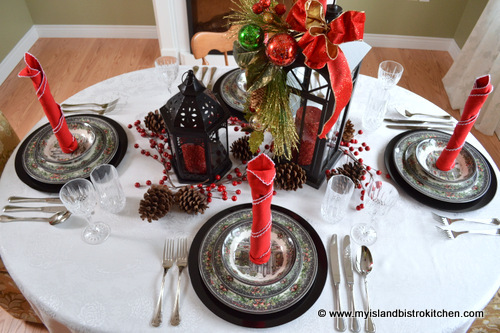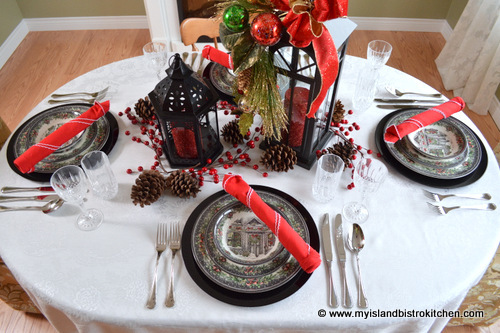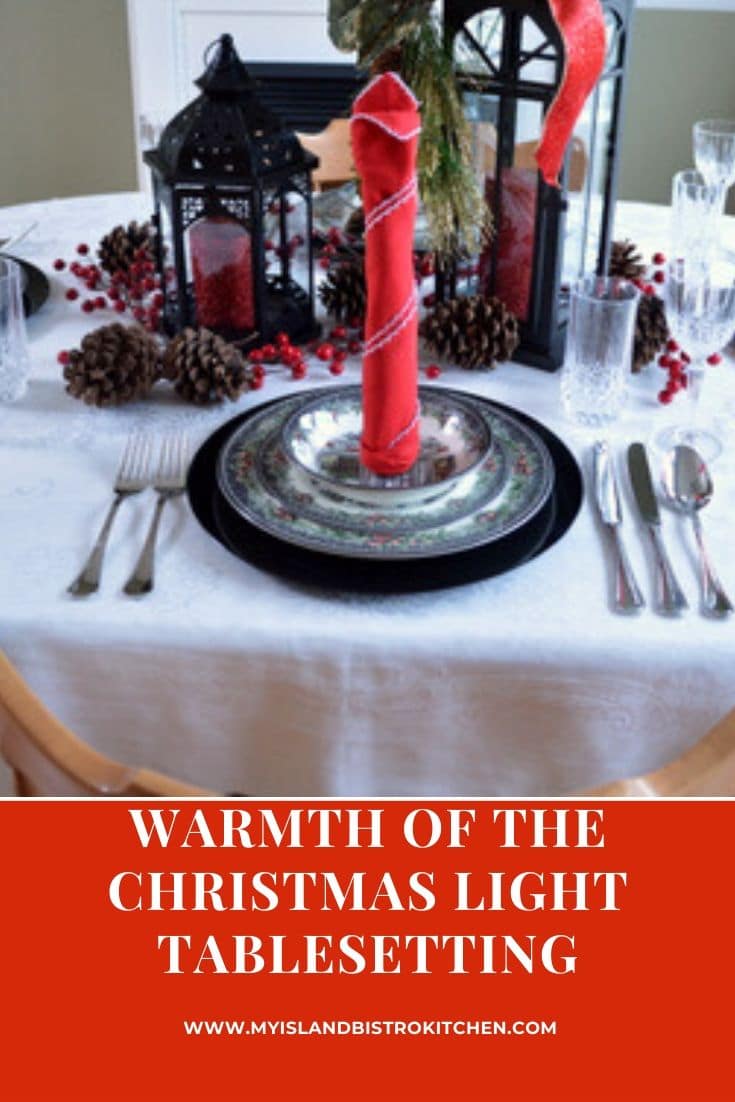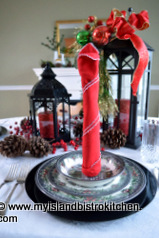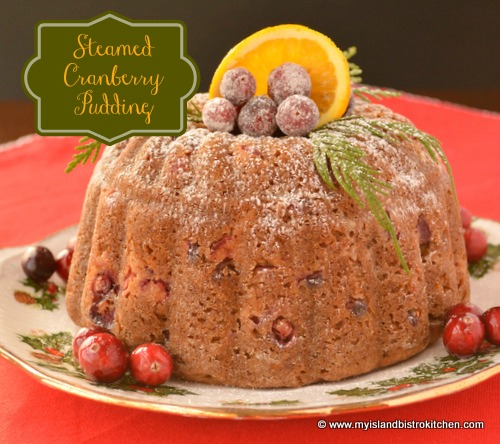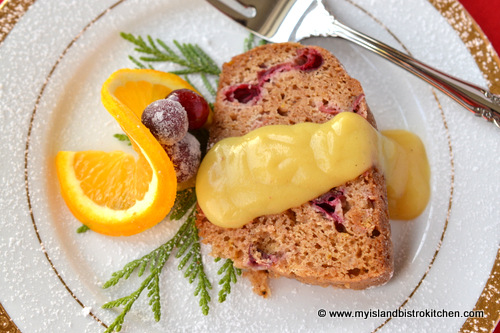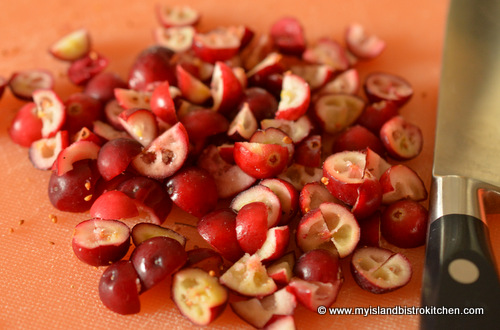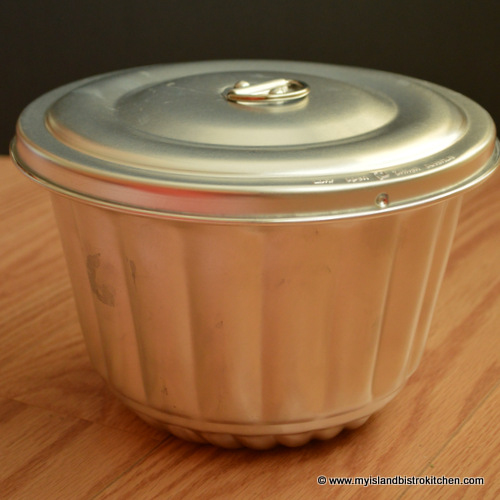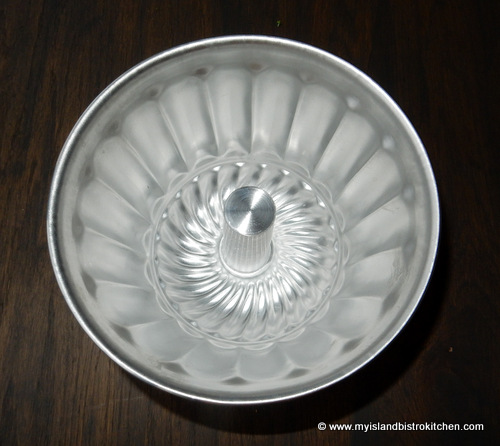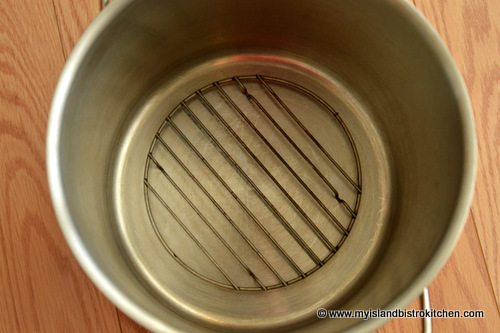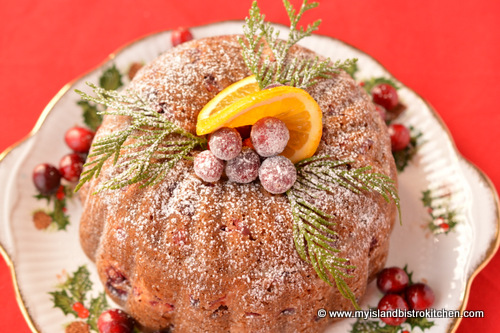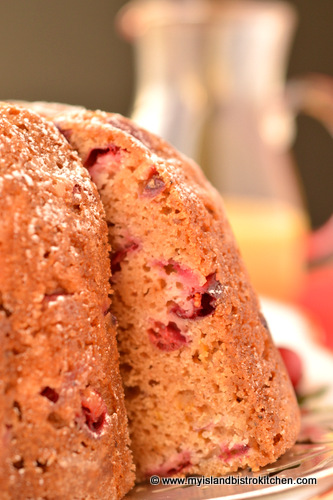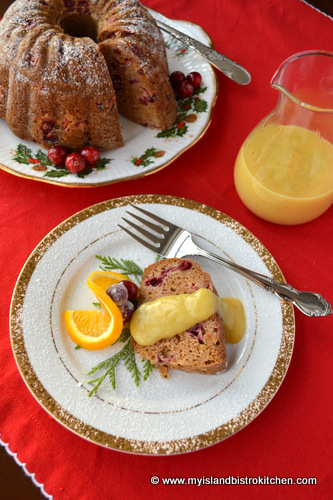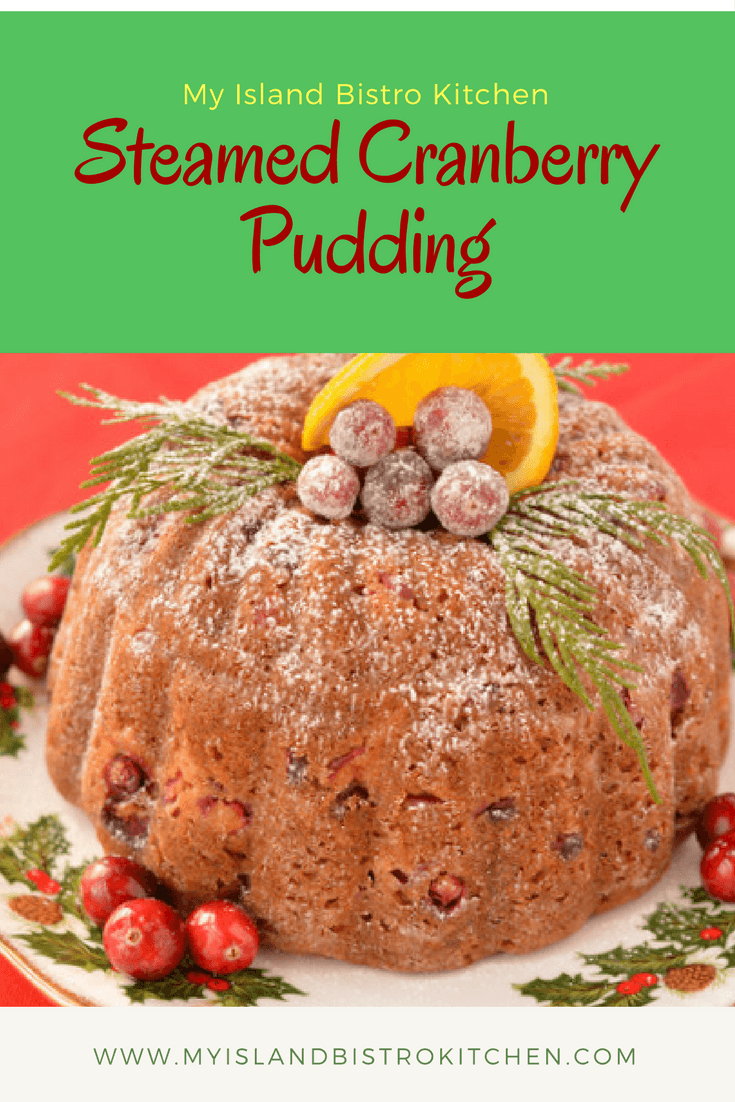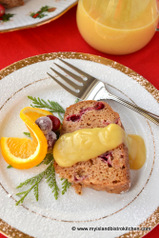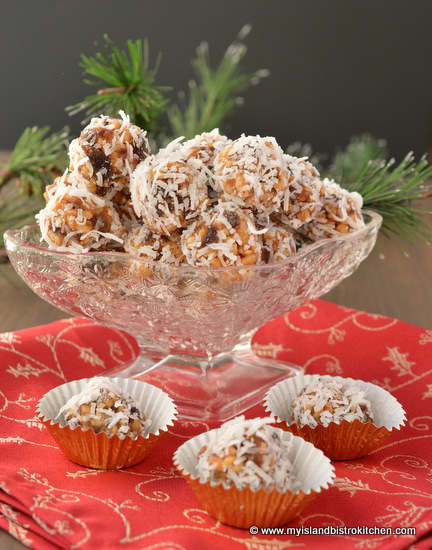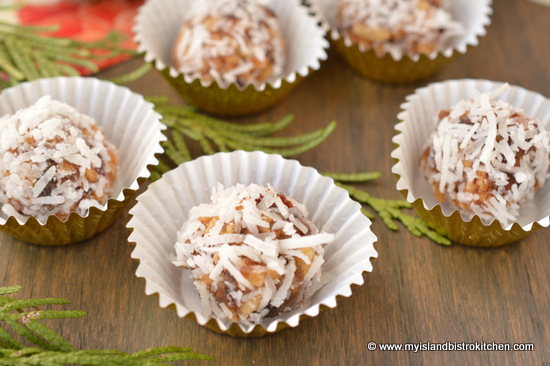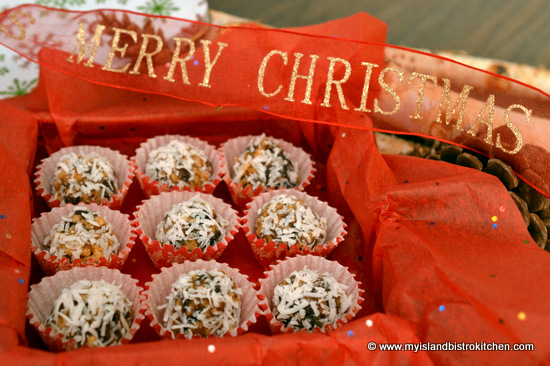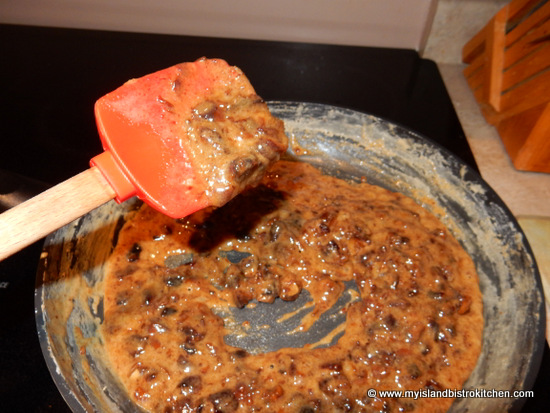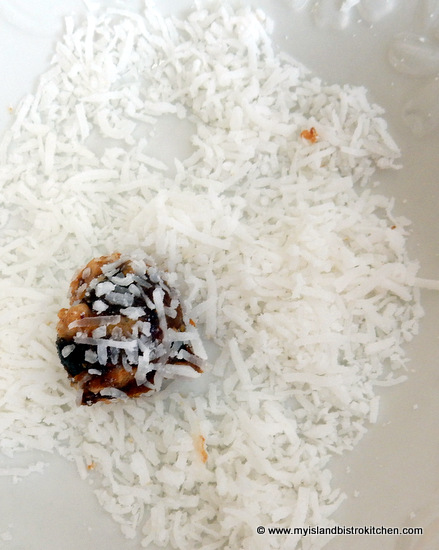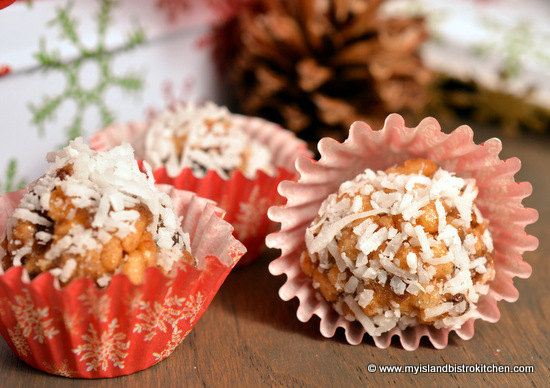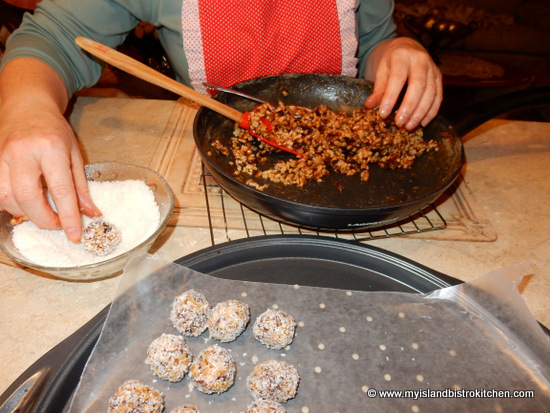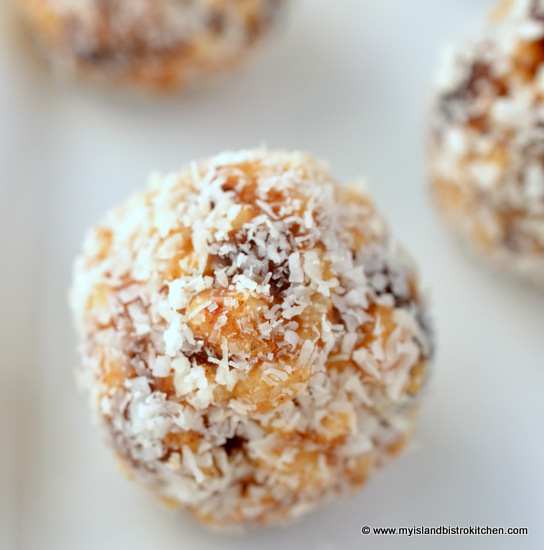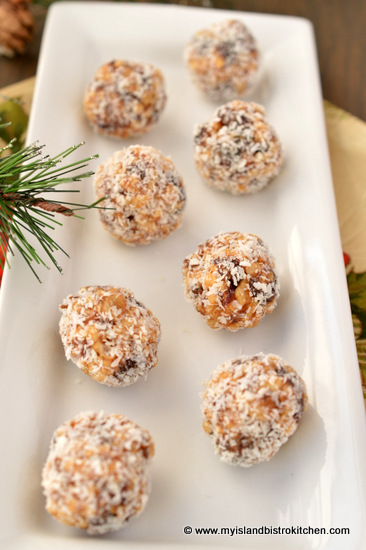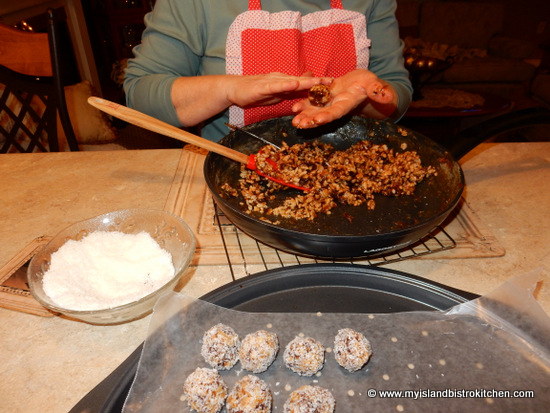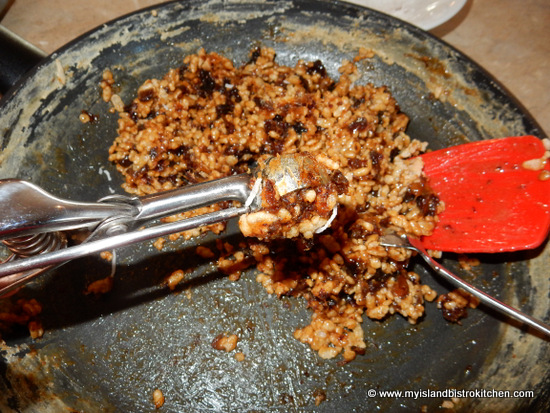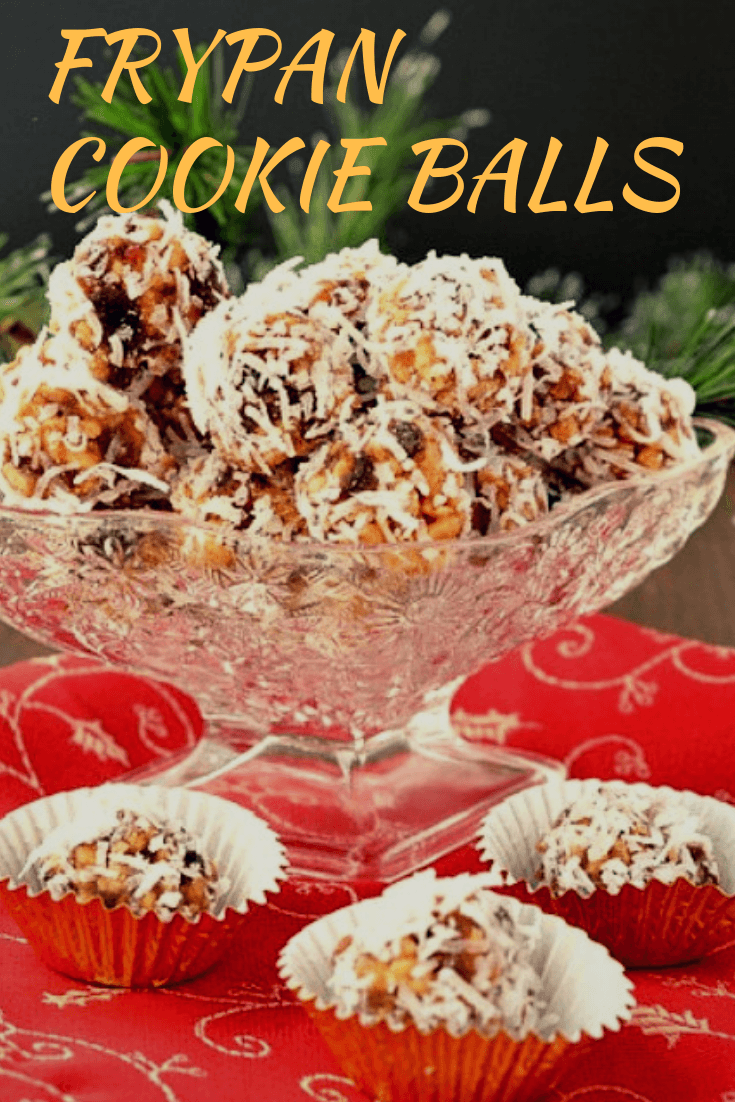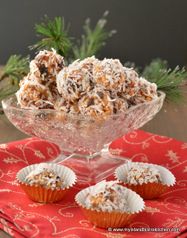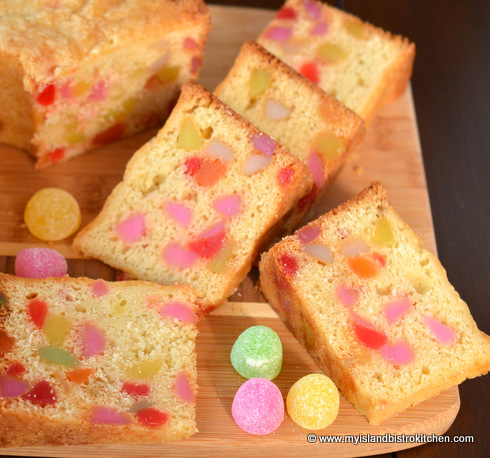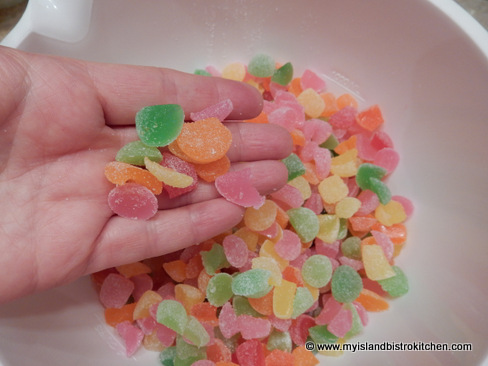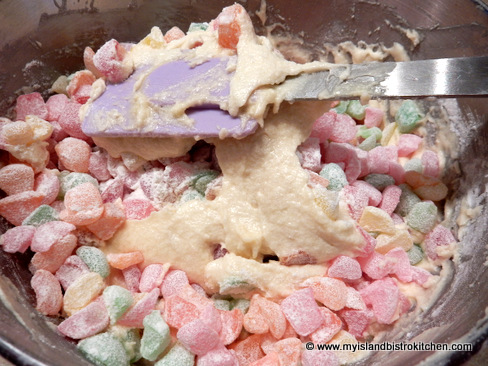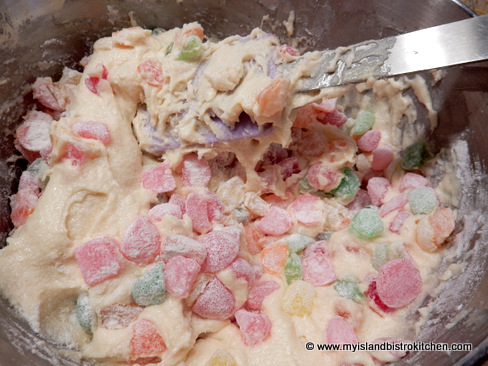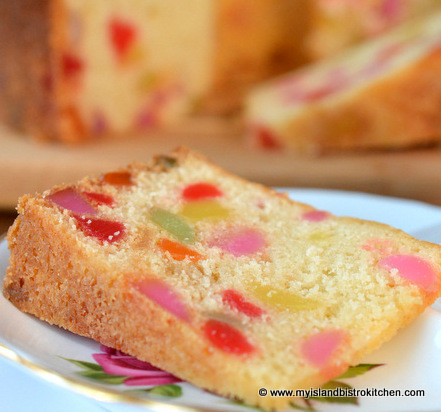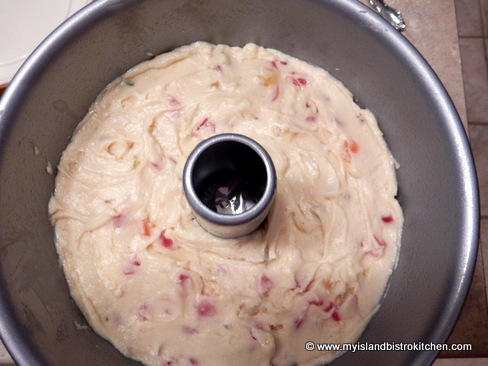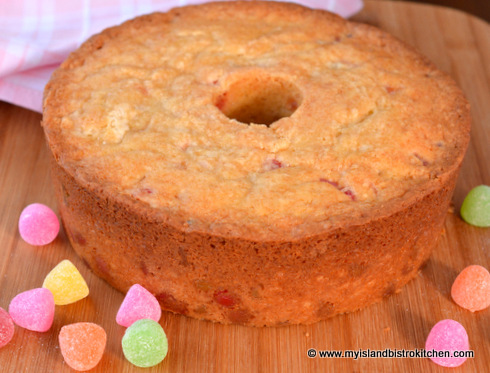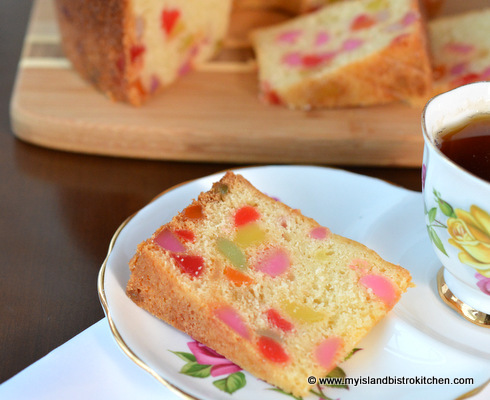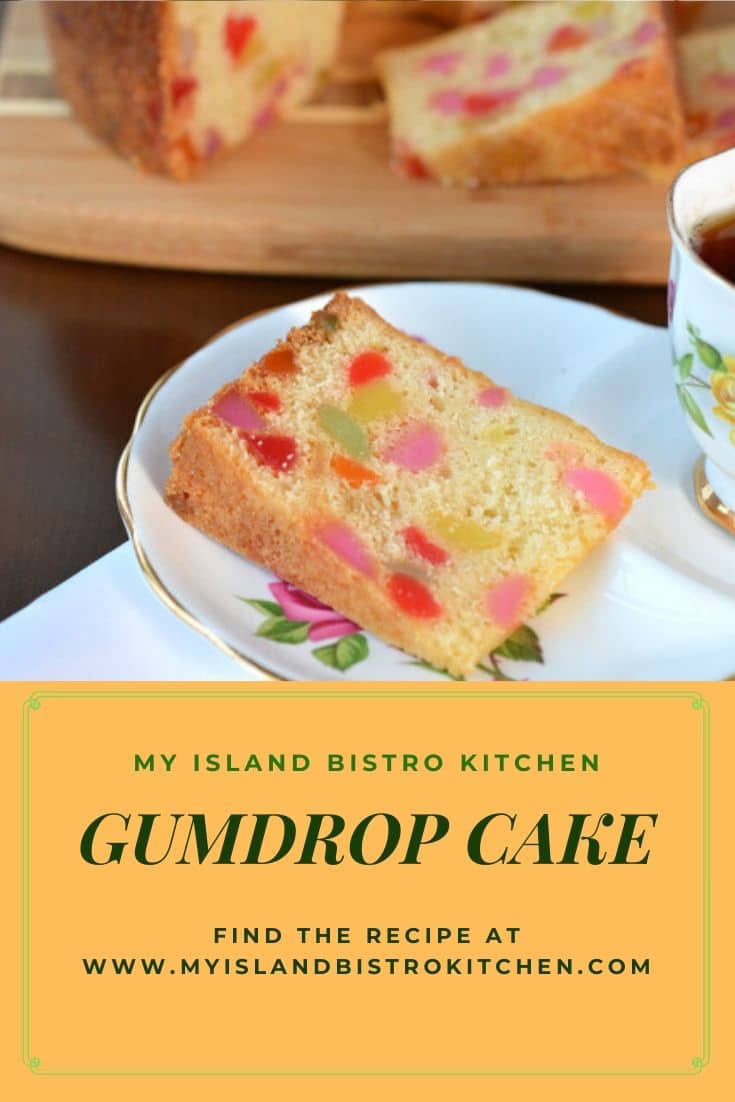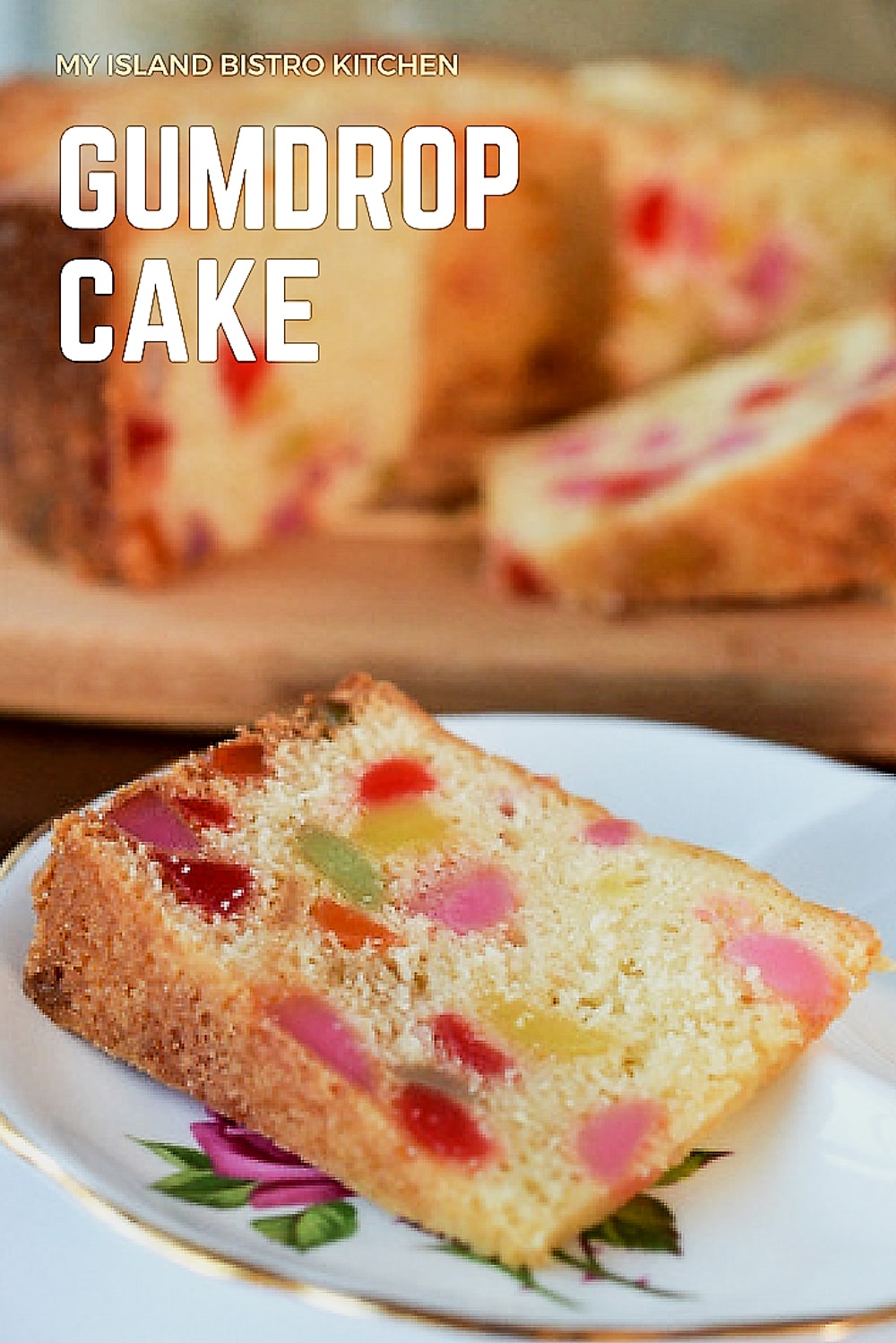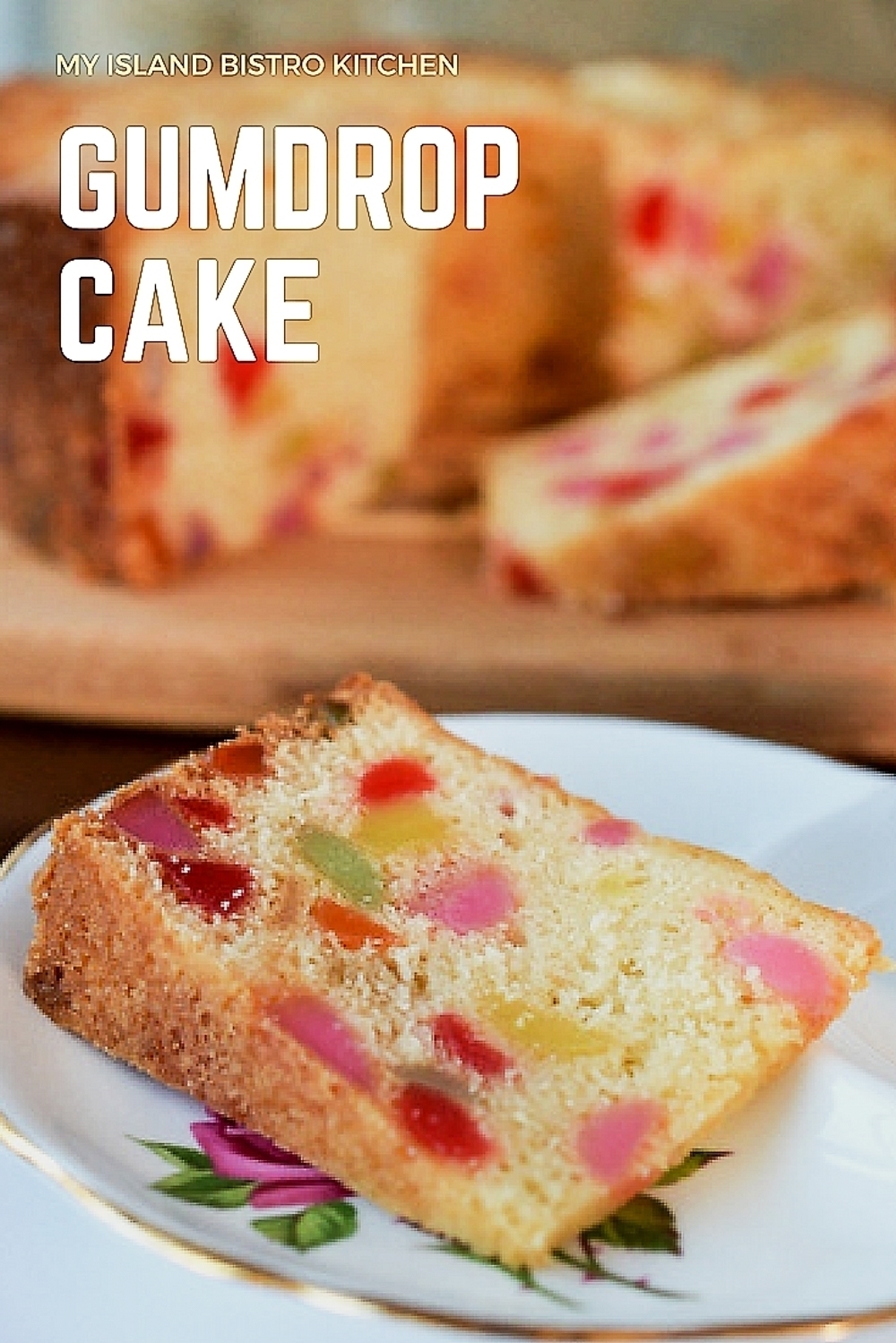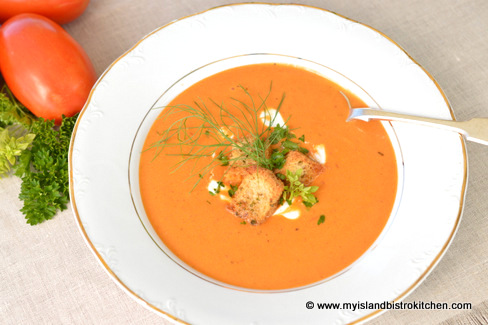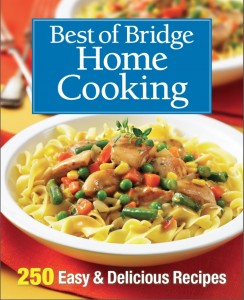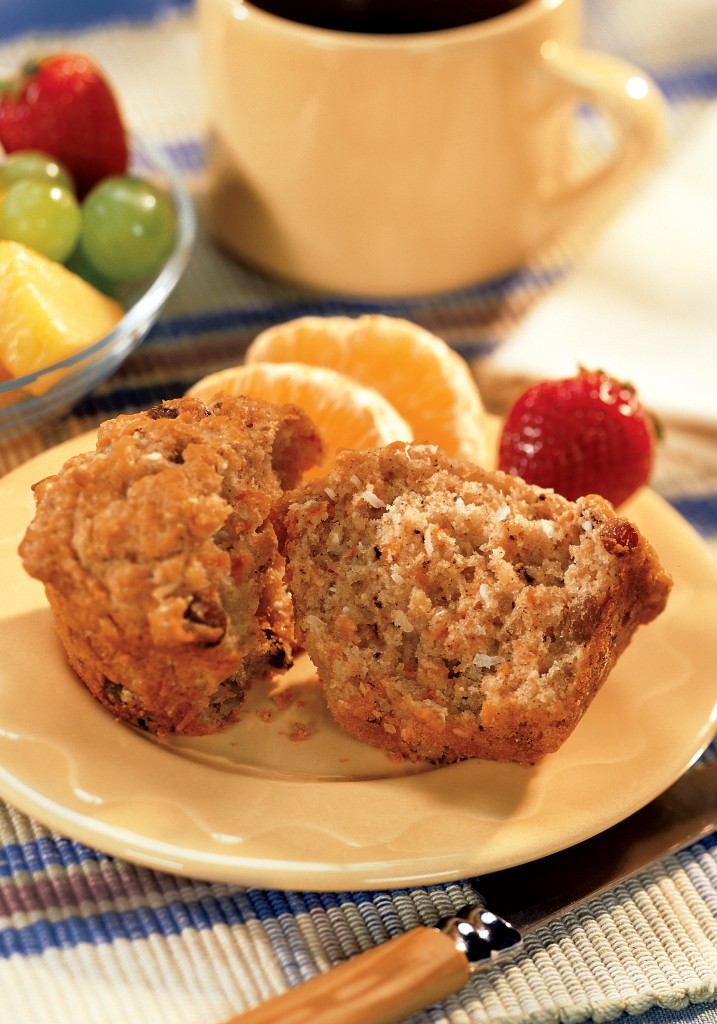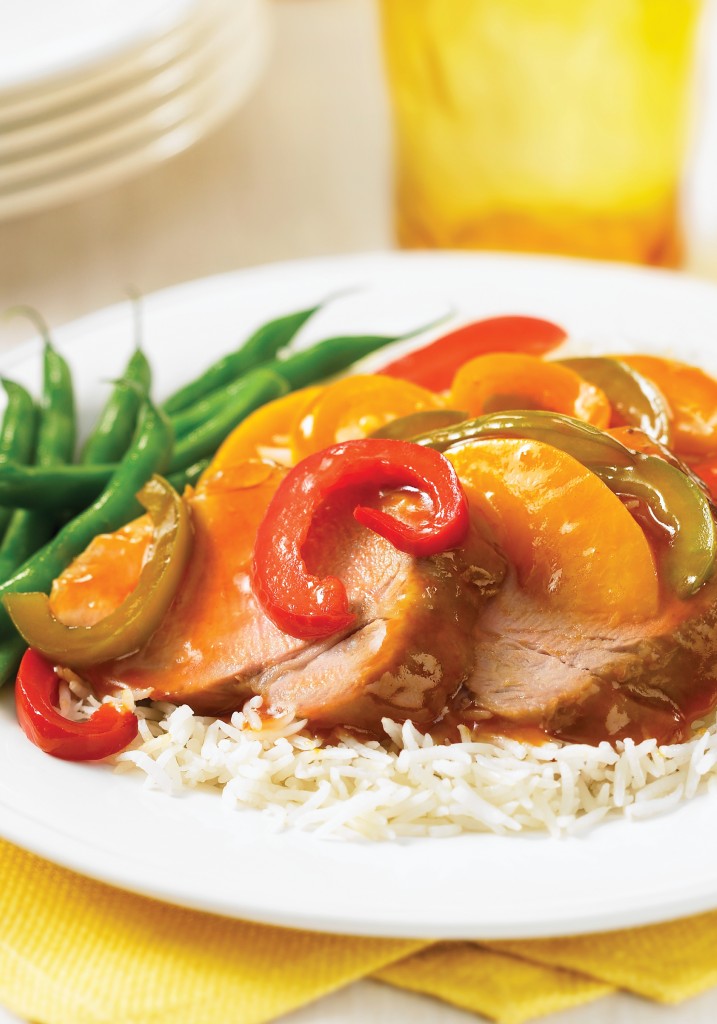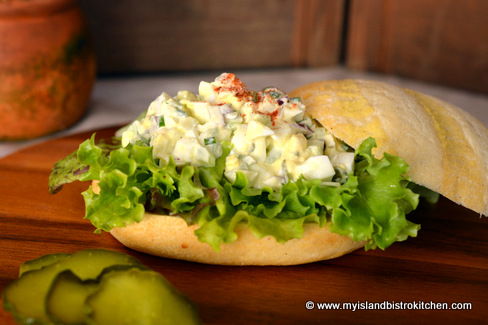Many will buy wine over the holiday season either for their own home entertaining events or for gifts. Sometimes, if you are like me, when I enter the wine section of a store, it can be puzzling to make a selection from the wide array of wines on the market. To gain some insight into making some wine choices this holiday season, I enlisted the help of sommelier Debbie Smith. In addition to being a sommelier, Debbie also works as a product adviser at the Prince Edward Island Liquor Control Commission at their Oaktree store in Charlottetown. I thought readers of my food blog might also be interested in what I learned so I am sharing the insights.
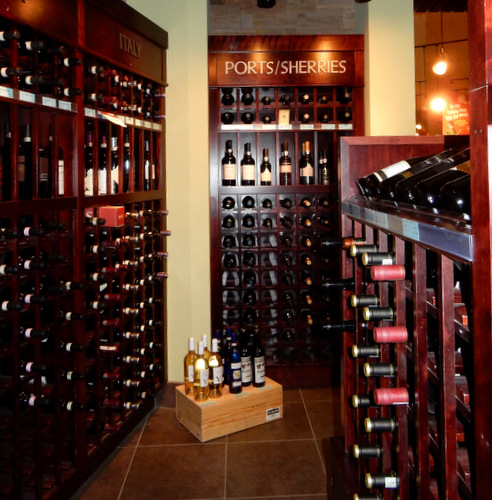
Readers will note that wine selection is very much based on personal taste and preference. There are as many opinions on wine choices as there are wine drinkers and sommeliers; however, what follows are the views and suggestions of one sommelier in direct response for advice I was personally seeking so are meant as just that — – suggestions one might consider when selecting wines to pair with certain typical holiday foods. It does not mean that other wines not suggested, or named in particular, would not be fine pairings, too. As a further note, prices are in Canadian dollars and are current as of the time of writing in December, 2015. The reason I asked for price points is that I find it useful to know if a wine suggestion is, say, less than $20.00 or more than $50.00 per bottle.

Debbie, a certified sommelier and graduate of the Canadian Association of Professional Sommeliers, has been a sommelier for eight years. Prior to her current position, she worked as a sommelier and wine trainer with the Murphy Hospitality Group in PEI. She became interested in learning more about wine in order to raise the level of service she was providing to patrons in the restaurant industry. Debbie says she was fortunate to work with one of the Island’s first accredited sommeliers who was very enthusiastic about the field and this increased her interest in learning more about wine.
To begin, I asked Debbie if price is an indicator that the more expensive the wine is, the better its quality. Debbie indicates that, while price point can be a general indicator on the quality of wine, it is only part of the equation. She points out that wine preference is such a personal experience, other factors come into play — the occasion, budget, personal preference, and past experience with wine. Debbie points out that the general indicators of a good wine include its complexity, intensity, balance, and finish. So, the more different notes and distinct flavours you can pick up on, identify, and distinguish in the wine and how harmonious the fruit, tannin, acid, body and alcohol level are (with none outshining another) along with how long the flavours and sensations remain in your mouth after you have swallowed will indicate a quality wine.
Food Pairing
My first question was what general factors should one think of, or consider, when making wine selections for pairing with different foods. Debbie suggests that flavour and intensity are key considerations. For example, the flavours and intensity of the food and wine should match so one does not overpower the other. Since lobster is often served in Prince Edward Island over the holiday season (and is our traditional fare on Christmas Eve), Debbie uses the example of lobster served with a rich creamy sauce pairing well with a rich butter US Chardonnay while lobster served out of the shell with fresh lemon could be paired with a crisp citrusy Sauvignon Blanc from the Loire in France.

I asked, if I was hosting a dinner party, how important it would be to serve a different wine with each course. She says it really isn’t critical and many people focus on pairing a wine with the main course specifically. That said, however, if budget allows, it does contribute to the dining experience if different wines are served with the various courses of the meal.
My next question was, if budget is a concern, is there one general wine she could recommend for a holiday meal. In this scenario, Debbie suggests what she calls “crossover wines”, those that have the ability to pair well with a number of different food styles. Pinot Noir and Chardonnay, for example, are considered versatile wine choices since both can pair well with chicken, pork, salmon, and less marbled cuts of beef like tenderloin. Wines that might fall into this category could include OPI Chardonnay from Argentina ($15.99 CDN$), Arbodeda Chardonnay ($16.99 CDN$), or Chile Cono Sur Pinot Noir ($13.99 CDN$).
To get a little more into specific food and wine pairings for typical holiday foods and events, I asked for Debbie’s advice on what wine would be best to serve in the following scenarios:
Appetizers
Seafood chowder is a fairly common starter on many menus in the Maritimes over the Christmas holidays so I asked for information specifically on wines that would be suitable to pair with rich seafood chowders. Debbie suggests a wine such as L’Acadie Blanc styles (price points $17-22 CDN$) from the Maritime Provinces because, in her words, ‘what grows together goes together!” White wines from grapes grown in the Maritime Provinces offer crisp acidity and slightly sweet aromas which are an ideal match for a rich cream-based chowder made with the fine seafood from the Atlantic Ocean.
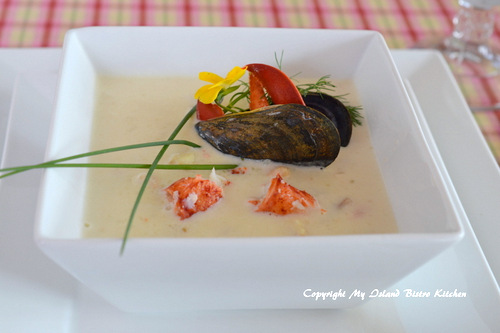
To pair a wine with a green salad, Debbie suggests Vinho Verde styles from Portugal and New Zealand Sauvignon Blanc (price points $14-23 CDN$) because the key is to match the level of acidity when pairing wine successfully with green salads. She suggests that the Sauvignon Blanc often has distinct tropical fruit and grassy aromas with a good acidity level that are perfect complements to a salad. In Debbie’s opinion, the Vinho Verde is a unique style of wine noted for its slight effervescence, vibrant fruit, and refreshing qualities that make it a great pairing with salads. For the green salad course, then, I might consider either Gazela Vihno Verde ($13.60) or Quinta da Aveleda Vihno Verde ($14.50).
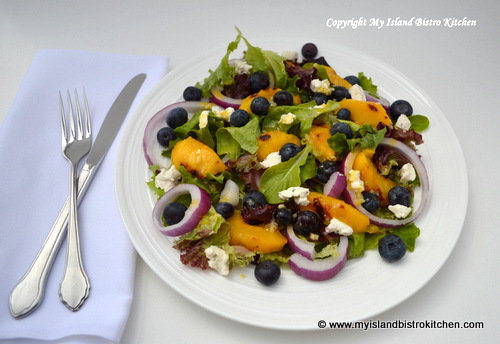
Traditional Roast Turkey Dinner
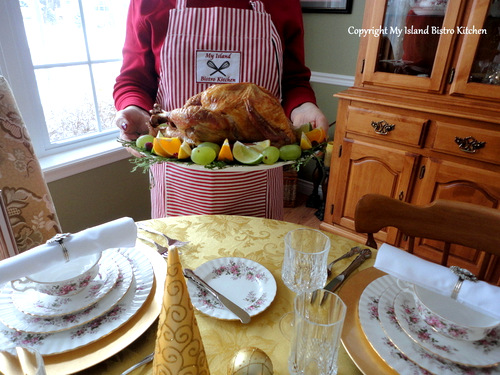
There is no need to break the budget for a good wine to complement the traditional roast turkey dinner. Debbie suggests an off dry Riesling from either Canada or Germany and several can be purchased for under $20 (CDN$). She suggests, because the dinner itself can be heavy, choosing something light to moderate in alcohol that has high acidity to balance the richness and add a bit of sweetness to match the cranberry and yams on the table. For this course, then, I might consider Beaujolais Nouvalle ($18.99-20.99) or a wine produced in St. Catherine’s in my home province of PEI – Matos Gamay Noir ($16.95).
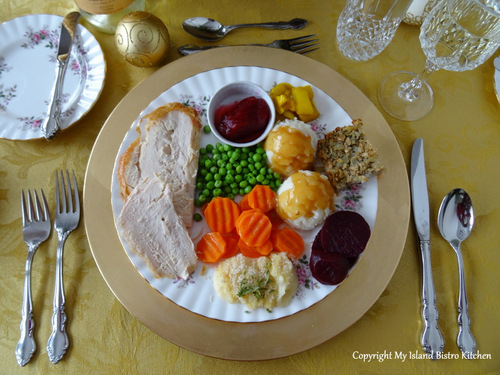
Holiday Desserts

Desserts over the Christmas season can often be rich and heavy. For many of us, that might include traditional plum pudding. For this course, Debbie suggests choosing a wine that is as sweet as the dessert. She recommends a slightly chilled tawny port from Portugal because the port is full of flavours of caramel, apricot, plum, and raisins which would complement the similar flavours in the pudding. Ports tend to be slightly more pricey so this option would require me to be prepared to pay $30 or more (CDN$)
Acadian Meat Pies
For many families, particularly those of Acadian descent, it would not be Christmas without the traditional meat pie. For this repast, our sommelier’s suggestion is to choose a wine that is rich, savoury, and spicy to complement the similar flavours in the pie. Cote du Rhone and Grancha Syrah Mouvedere (GSM) blends from France and Australia would, in Debbie’s opinion, be good choices and they range from $15-30 (CDN$) or, for a truly Acadian experience, one might try Baco Noir, Machel Foch, and other wines produced in the Atlantic Canada region.

Brunches
I was curious to know what a sommelier might suggest as a wine accompaniment for a brunch. While recognizing that a brunch might have a number of different items on the menu, Debbie suggests a sparkling wine or, indeed, a Champagne to accompany croissants, pancakes, and even muffins because of the buttery yeast flavours in these foods. If bacon is on the menu, she suggests light oak Chardonnays with butterscotch and vanilla flavours would play well with the salty smoky qualities of the bacon. If steak and eggs are on the menu, a Merlot that has notes of black cherry, green pepper, and minerals might be considered. And, if spicy sausage is a featured menu item, a chilled Beaujolais red berry with low tannins to offer a good contrast to the spice and heat in the meat would be a good pairing.
Wine and Cheese Parties
These two make a fine pair! The cheese is meant to bring out the character of the wine and the wine, for its part, enhances the depth and flavour in the cheese. Debbie claims that Gewurtraminer, with its sweet and fruity components and balancing acidity, offers the most opportunity for successful pairing. This is because the combination of sweetness and salt is pleasing to the palate. So, considerations could include Pelee Island Gewurtraminer from Canada ($12.99 CDN$) or France’s Wolfberger Vin D’Alsace Gewurtraminer for $18.99 (CDN$).
If goat cheese is being served, Sauvignon Blanc would be a suitable choice with its natural high acidity which tends to pair very well with the tart flavours commonly found in various goat cheeses. Selection suggestions could include Matua Sauvignon Blanc ($19.99 CDN$) from New Zealand or Paul Mas Sav Blanc Single Vineyard Collection for $15.99 (CDN$) from France.
For stronger flavoured cheese (like Gorgonzola, for example) Debbie recommends Coltibuono Chianti Classico from Italy ($22.95 CDN$) with its earthy notes and good acidity or the full-bodied Red Guitar Tempranillo and Granacha blend from Spain ($15.99 CDN$).
Sipping Wine to Pair with Fruitcake, Chocolate and Other Sweet Treats
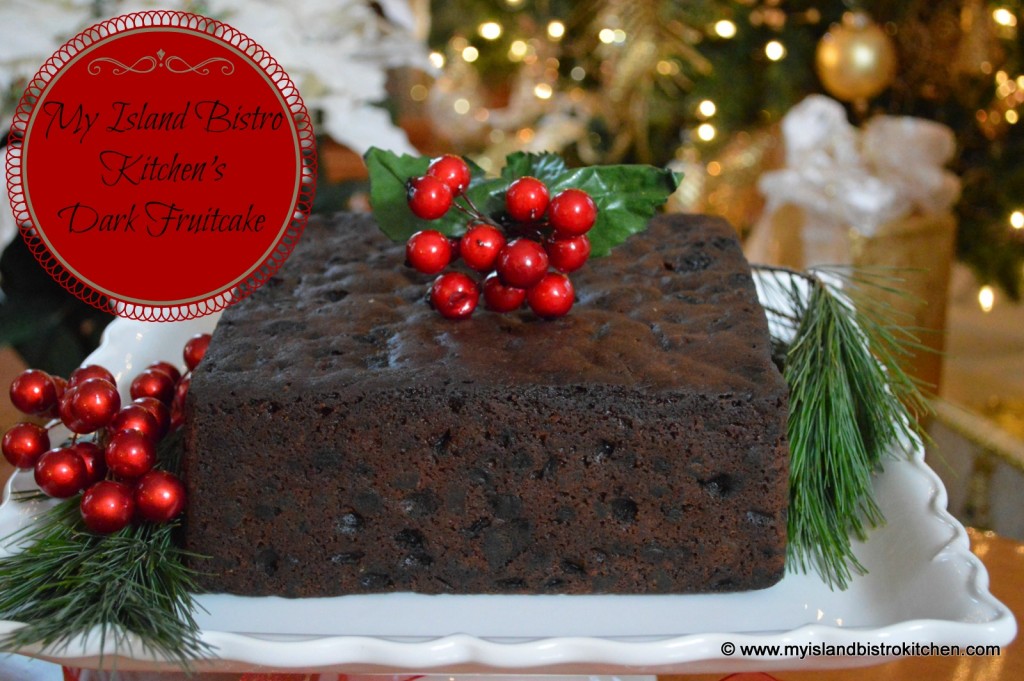
The sommelier suggests choosing a wine that blends sweetness with some acidity for the sweet treats we often associate with Christmas. Either Apothic Red Blend from the US ($16.99 CDN$), Criollo – a chocolate raspberry liqueur from South America ($19.99 CDN$) or, if you have the budget, Cockburn 20-year old tawny Port would make a fine pairing for chocolate but is a bit on the pricey side at $42.99 (CDN$).
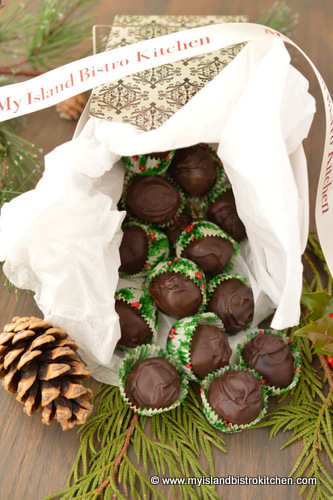
New Years Eve Celebrations
For many, it is not New Years Eve unless there is a glass of bubbly and some of the champagnes can be pricey. However, there are many choices at different price points and these include the modestly priced La Marca Prosecco from Italy at $17.99 (CDN$), Benjamin Bridge Brut from Canada at $44.95 (CDN$) and the more expensive Bollinger Brut Champagne Special Reserve NV from France at $74.98 (CDN$).
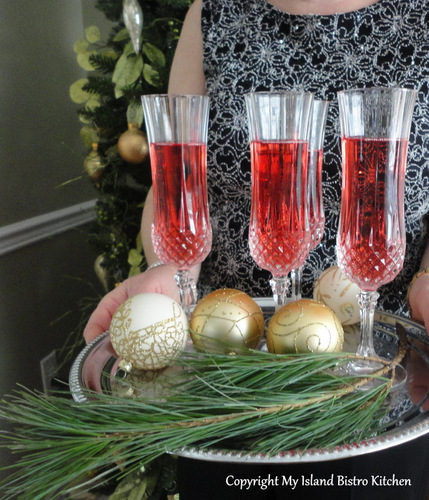
But, if champagne is not your beverage of choice and you still want something a little sparkly with some effervescence, you might consider Benjamin Bridge Nova 7 from Canada priced at $24.99 (CDN$) or Jost Vineyards’ Selkie Frizzante $19.95 CDN$) also from Canada. Patrons of the PEI Fall Flavours Culinary Festival will recognize the Benjamin Bridge name since this winery was the official wine sponsor of the 2015 festival and their wines, including the fabulous Nova 7, were served at many of the culinary events. The Nova 7 will be my choice for New Year’s Eve celebrations this year.
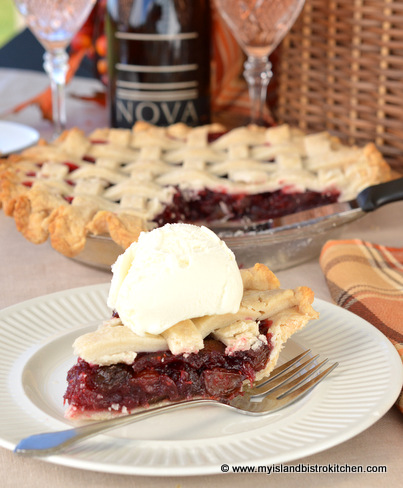
Optimal Serving Temperatures for Wines
The temperature of the wine is important to savour its true qualities. If you are not sure of the optimal serving temperatures for various wines, here are the recommended serving temperatures, according to the sommelier:
White wines: Full bodied 11°C; Light-bodied 9°C
Red wines: Full-bodied 18°C; Light-to-medium-bodied 12-15°C
Rosé wines: 5°C
Sparkling wines: 6°C
Champagnes: 6-7°C (8°C for vintage champagne)
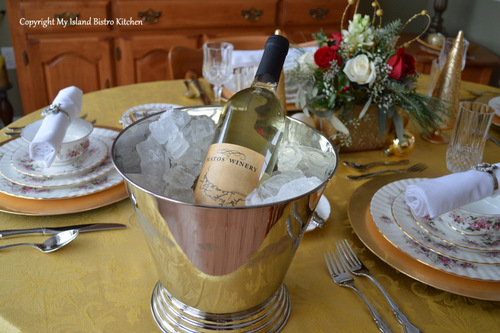
Wine as Host/Hostess Gifts
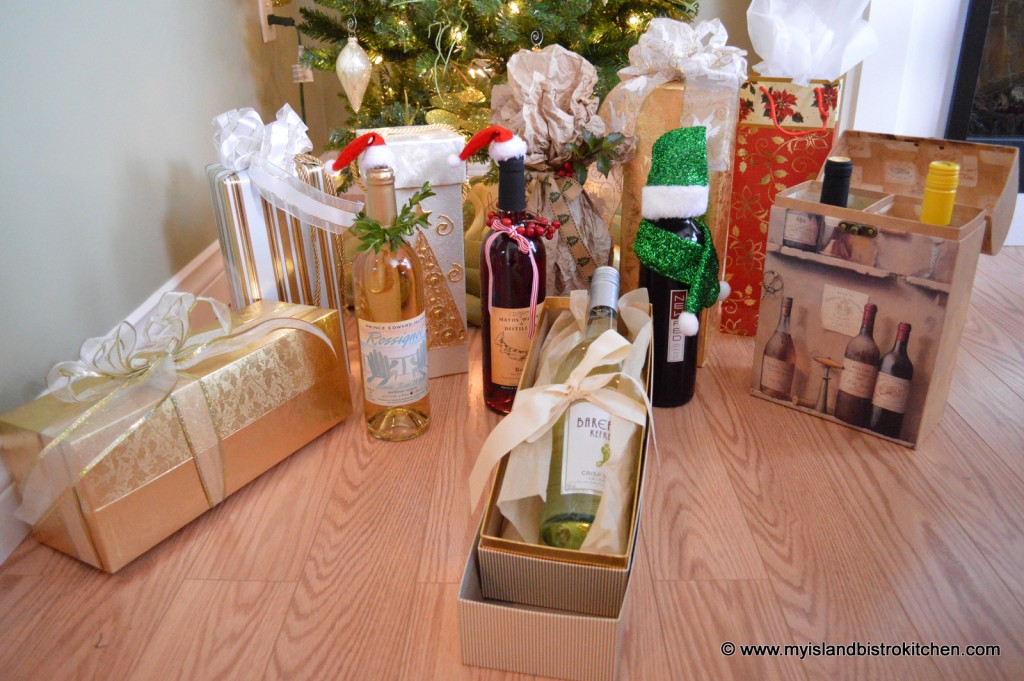
Wine is often chosen as a host/hostess gift but it is sometimes a quandary to know what wine to select, especially if you don’t know the recipient’s tastes so I asked Debbie for her recommendation if one is faced with this scenario. She recommends either a Pinot Grigo, such as Gabbiano from Italy currently priced at $14.99 (CDN$), or Norton Privada Malbec for $24.95 (CDN$). Malbec, at the time of writing, is a trendy favourite.
Before we concluded our discussion on wine and food pairings, I asked Debbie if there are any new or up-and-coming wines or regions we should know about. She says that, although New Zealand has been producing wines since the 1800s, it has really come in to its own as a wine region within the last 20 years, particularly with wines such as Kim Crawford. In fact, New Zealand will be the featured wine country for the 2016 Festival of Wines Prince Edward Island to be held May 27-28th at the Eastlink Centre in Charlottetown. And, of course, our own three PEI wineries, along with a number of others in New Brunswick and Nova Scotia, here on Canada’s East Coast, are proof that our cool climate is also very suitable for growing a number of different kinds of grapes that produce fine wine.
To finish off, I asked Debbie some “quick snapper” questions.
1. What wine(s) will be on your 2015 Christmas table and why that particular choice? I will be serving two wines at this year’s dinner. The first is Dr Heidemanns Bergwilier Riesling Kabinett ($24.99 CDN$) from Mosel region in Germany because this is a dry Riesling with notes of black currant and apricot with a structured finish which makes it a wonderful pairing with turkey. The second wine is Gabriel Liogier Vacqueyras ($26.89 CDN$), a red wine from France that is full bodied and a bit spicy, making it a perfect pairing with both roasted vegetables and turkey.
2. What is your personal favourite food and wine combo? Growing up in rural PEI, my favourite meal will always be meat and potatoes so my choices would be Barolo, Amarone, or Cabernet Sauvignon which are full bodied red wines with good tannin levels that all match the texture and intensity of beef.
3. What is the one wine you’d recommend people try this holiday season and why? I’d suggest Jolie-Pitt Perrin Cotes du Provence Rose Mirval from France because it has such beautiful white cherry and dried peach accents with a refreshing finish. It would be a treat after all the rich dinners and desserts we indulge ourselves with over the holidays. It currently sells for $30.95 (CDN$). I’d also suggest Mark West Pinot Noir at $18.99 (CDN$) which is smooth and subtle with toasty oak and espresso notes.
4. What’s the number one question you get asked as a sommelier/product advisor during the holiday season? I am often asked to provide food and wine pairing information and suggestions but, during the holiday season, the most common question is “What do I buy my boss/friend/co-worker who knows everything about wine?” My response to the question is: “I would choose some more interesting styles and grape varieties and in particular I would choose one one of the following: KWV Cathedral Cellars Pinotage from South Africa ($20.99 CDN$) with its aromas of sweet fruit, black pepper and cedar or De Bortoli Noble One Botrytis Semillon from Australia ($30.99 CDN$) with its layers of intense botrytis fruit including citrus, marmalade, and hints of butterscotch, or Firesteed Pinot Noir from Oregon in the US ($24.99 (CDN$).”
5. If you were abandoned on an island and could have only one bottle of wine with you, what would it be? Cristal 2007. It retails for $295 (CDN$) but would be worth the price to celebrate my rescue! It’s truly an amazing product.
6. If you had to give one piece of advice for pairing wines with meals, in general, what would it be? “It’s your palate so drink what pleases you. In general, I think making sure the intensity and textures of the food and wine are equal are the most important (factors to consider).”
My thanks to sommelier Debbie Smith for taking the time to assist me with wine selections to pair with holiday foods I will be serving this year. Sommeliers and in-store product advisers are great resources and can help with wine selections so don’t hesitate to seek them out with your specific questions as I have done. They are trained to help in the way Debbie assisted me with my wine-related questions.
—————————————————————————-
Thank you for visiting “the Bistro” today. If you enjoyed this posting, please share it on your social media websites.
Connect with “the Bistro” through the following social media:
Join My Island Bistro Kitchen on Facebook
Follow “the Bistro’s” tweets on Twitter
Follow “the Bistro” on Pinterest
Follow “the Bistro” on Instagram
——————————————————————————


